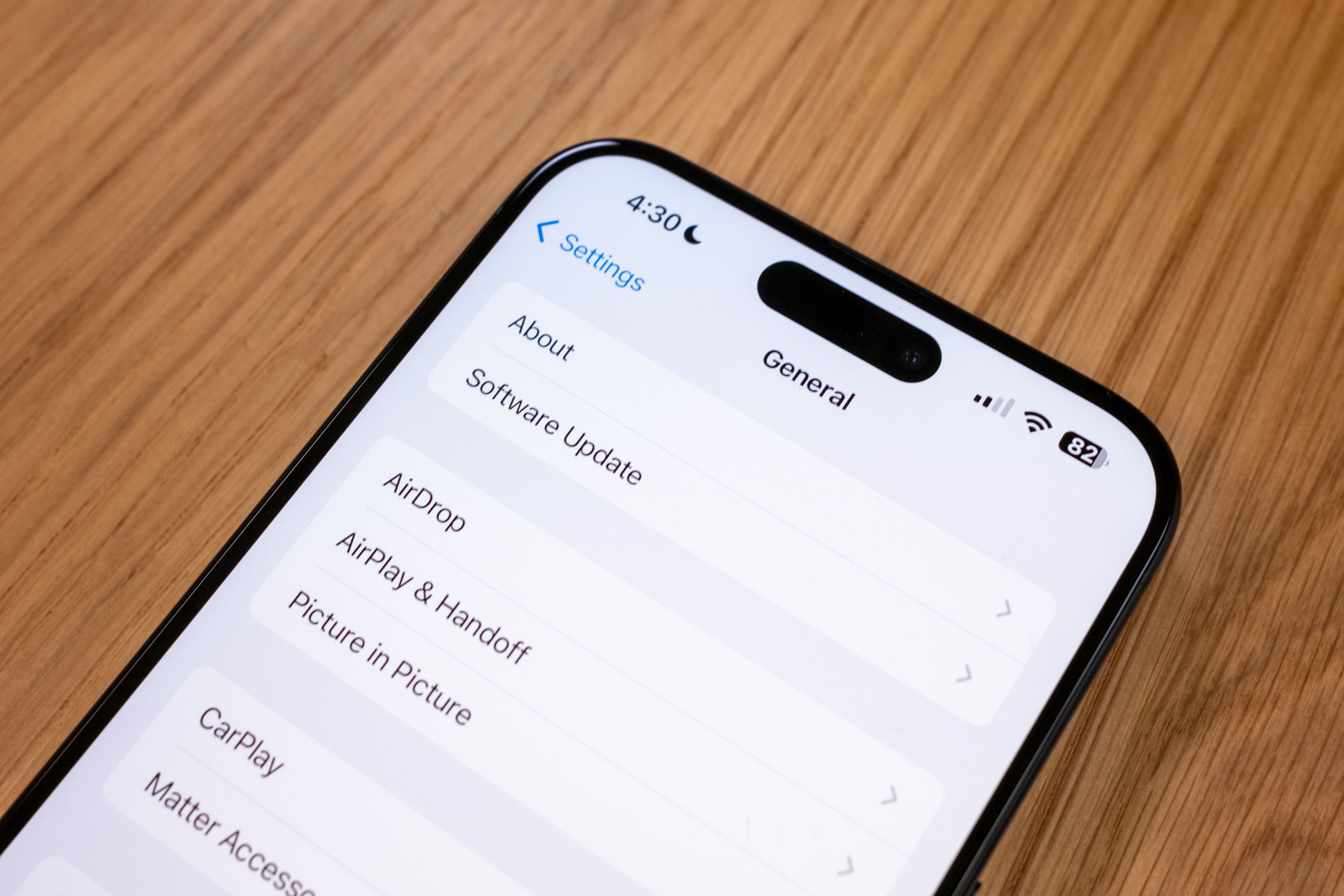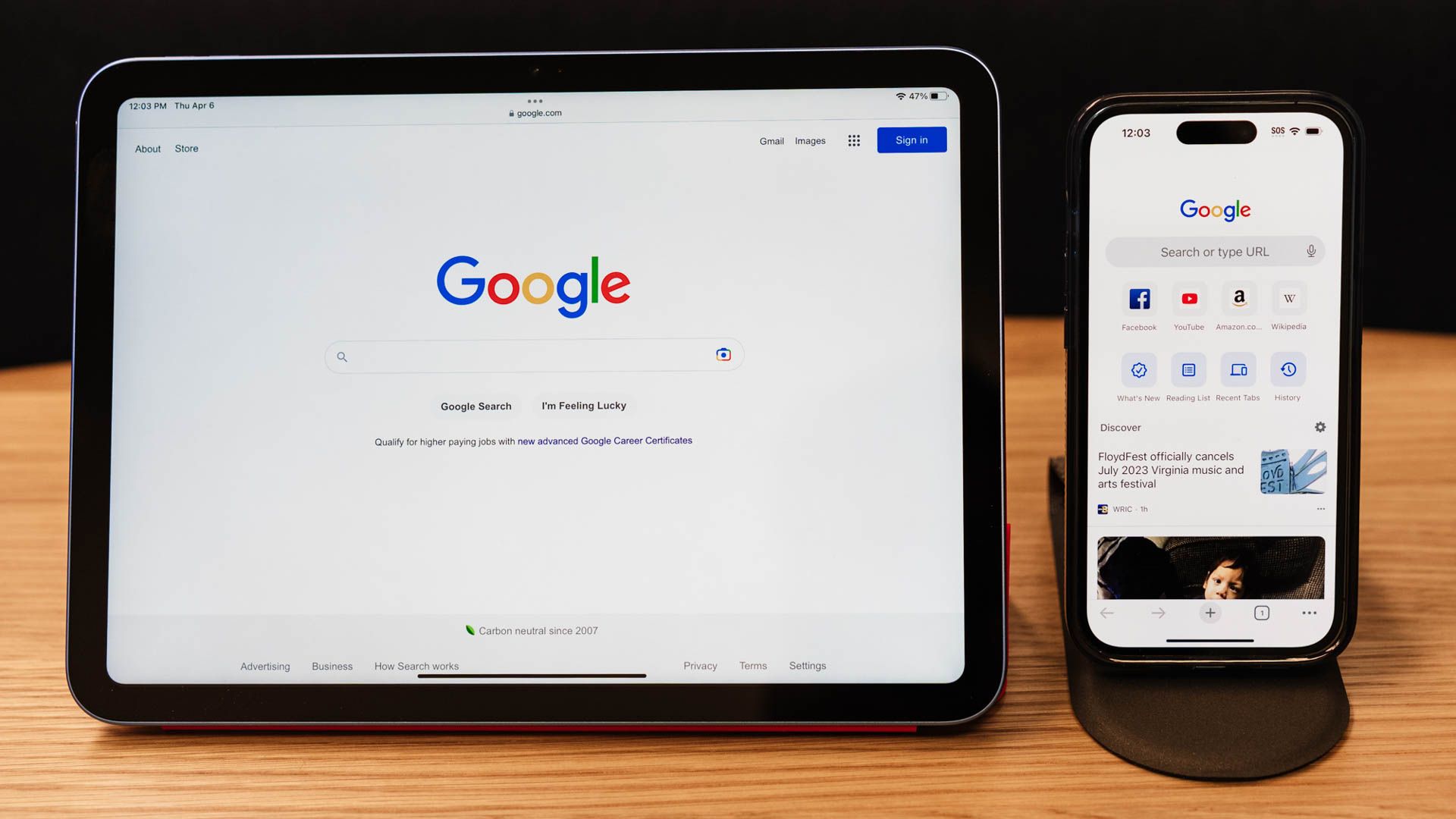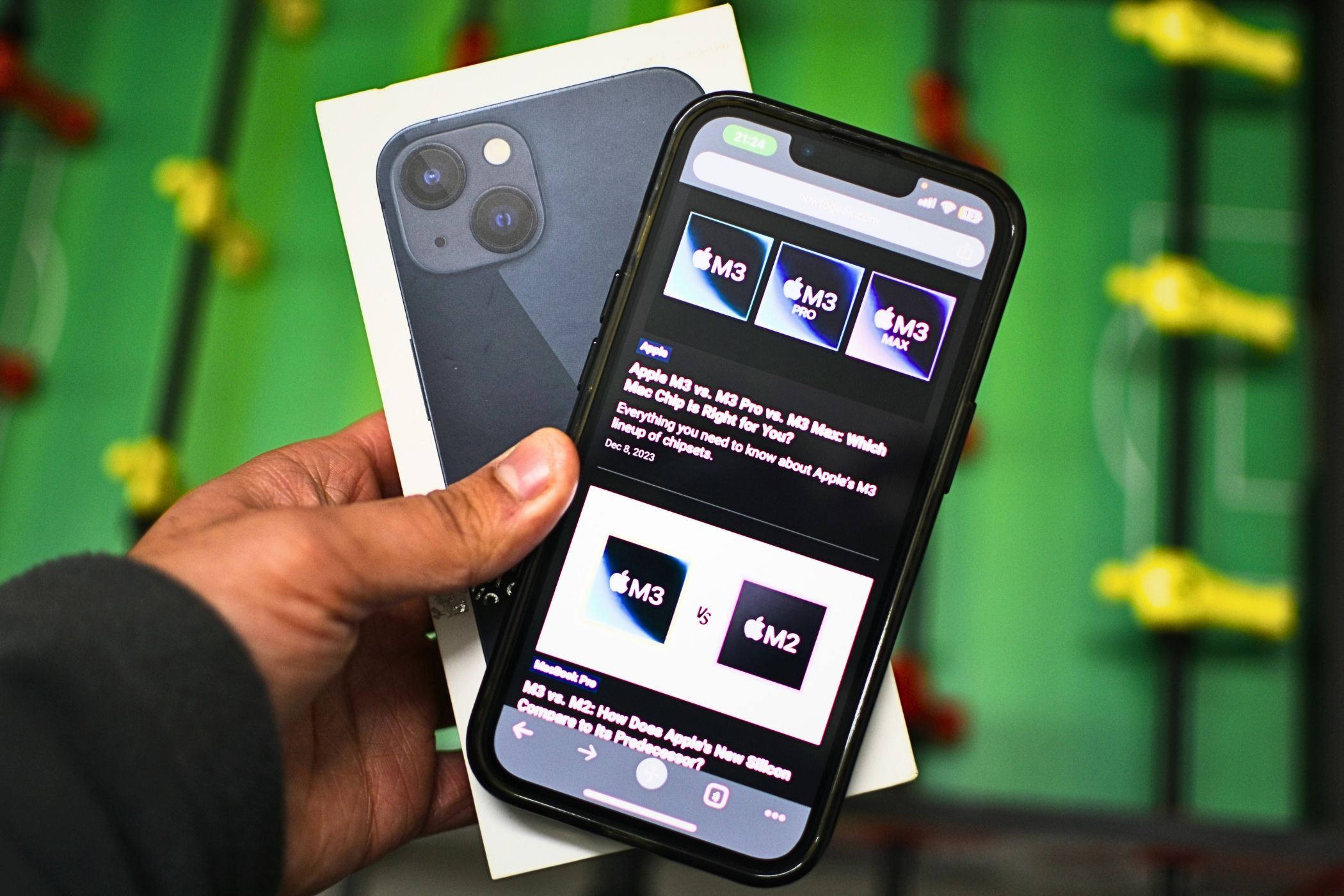Key Takeaways
- iPhones offer longer software support compared to mid-range Android devices, ensuring a longer lifespan and access to new features.
- Apple’s ecosystem provides convenient features for existing Apple users and better security, making it a compelling reason to switch from Android to iPhone.
- Older iPhones may outperform mid-range Android phones due to powerful A-series processors, offering better performance and longevity.
Looking to buy a smartphone on a budget? The popular choice is to leave the expensive flagship smartphones behind and shop for a great mid-range Android instead. But many are shifting to a better option: snubbing the mid-range Android and opting for an older iPhone instead.
iPhones Typically Get Better Software Support
When you’re getting a new phone, it’s really easy to fall into the trap of focusing on the hardware and getting caught up in the appeal of all the fancy features. But it’s important to remember that the software is just as important as the hardware.
While you can use a mid-range Android for years with protective cases and proper care, eventually, your device will no longer have access to updates and patches. This essentially shortens your phone’s lifespan because you’ll no longer have access to the latest apps and features, and your device may even begin to slow down.
Like every other phone manufacturer, Apple releases software updates and newer models to keep up with the demands of new apps and everyday phone users. Apple typically offers six to eight years of software support for each iPhone model. This makes iPhones considerably more “future-proof” than their mid-range Android alternatives. You should be able to get years of use out of your phone, even if it’s already a couple of years old when you get it.
With Android devices, you’ll be looking at a shorter period of support. Although Pixel and Samsung have recently increased their timeline for software support to about 7 years, other Android smartphones like OnePlus still only receive updates for about three years. Google says that the Pixel 6a will stop receiving Android updates in 2025, despite being released in 2022.
In short, getting an older iPhone means having more time with your device before lapsing software support means it’s time for a replacement. On top of this, your old iPhone could actually receive security updates for much longer even after being dropped in yearly iOS updates.
You Might Prefer Apple’s Ecosystem
If you already own an Apple device, like an iPad or MacBook, Apple’s ecosystem is enough reason to switch from Android to an iPhone. The Apple ecosystem brings a lot of convenient features to your iPhone that you can’t get with an Android device.
For instance, you can use AirDrop to share files between your Mac and iPhone in seconds, use your iPhone’s camera on your Mac during video calls, and even synchronize your data across all devices with iCloud.
In terms of security, Apple’s closed ecosystem may also provide an advantage over Android’s open ecosystem. For example, when vulnerabilities in iOS or macOS arise, it’s easier for Apple to make the required changes to address these vulnerabilities since it has control over these platforms.
Compare this to Android, where the operating system is used by various manufacturers with different hardware configurations and software customizations, Apple can issue fixes that affect a huge number of devices at a time. So, if security and privacy are important to you, an iPhone is probably a better and more reliable choice.
Older iPhones May Perform Better Than Mid-Range Android Phones
Flagship smartphones, like the iPhone, are packed with the latest tech and fancy features that make them stand out when they’re new. Apple’s A-series processors, specifically made for iPhones, ensure that most tasks run smoothly and efficiently. In fact, these chips are some of the most powerful mobile processors that you will find in any smartphone.
If we want to look at the numbers, let’s compare the OnePlus 10T to the iPhone 12, which was released about 2 years earlier. The A14 Bionic Chip in the iPhone 12 has outstanding performance compared to the Snapdragon 8+ Gen 1 processor in the OnePlus.
The iPhone 12’s A14 Bionic has a multicore score of 4502 on Geekbench, while the OnePlus only scores 3833, even though it’s a newer device than the iPhone.
The processors in mid-range Android devices are good, especially when you factor in their general price range. Though they can vary a bit depending on the model, they are nowhere near the speed of Apple’s chips. Even four years down the line the iPhone 12 shows little signs of slowing down whether you’re playing games, editing photos, or switching between apps.
Even Older iPhones Have Great Hardware
You have probably noticed that Android phones vary in size, build quality, and overall look. This is because Android is available to many smartphone manufacturers, offering freedom and variety. This diversity can be great because it gives Android loyalists a wide array of devices and brands to choose from.
But it can also be a drawback because it makes it harder to guarantee the quality and durability of the phone’s components. On the other hand, Apple is the sole manufacturer of iPhones. This means that they pretty much have complete control over the quality assurance of their hardware.
Generally, iPhones tend to hold up better over time. Mid-range Android phones are still competitive in terms of hardware, but they might not have that premium feel due to the fact that iPhones, regardless of how old they are, will always be flagship Apple devices.
Also, considering things like splash, water, and dust resistance, the iPhone 12, for example, has an IP68 rating. This means it can last about thirty minutes, six meters deep underwater. Compare it to a mid-range Android that you can get for almost the same price, like the OnePlus 10T with an IP54 rating. This cheaper Android phone can get wet, but does not match the water resistance seen on the iPhone 12.
You Should Probably Get the iPhone
When deciding between a mid-range Android device and an older iPhone, it’s hard to pass up the the latter when price is taken into account. The iPhone’s strengths lie in its ecosystem, which makes for a very convenient user experience across multiple Apple devices, Apple’s timely software updates, and long-term software support.
All of this, combined with the durable and flagship hardware you get when you buy an iPhone, can provide better performance and longevity than many mid-range Android alternatives. You’re probably better off getting a device that was once top of the line, than one that is new but still middle of the range.




